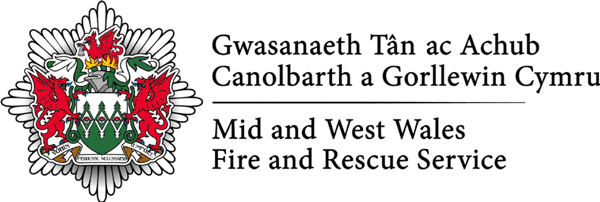Public events can range from village fêtes and county shows to large concerts and major events for internationally acclaimed performers, sporting activities, etc. Whatever the venue the Fire Safety Strategy and the Emergency and Evacuation Plans play a vital role in managing the safety at the event.
The key piece of Legislation that applies to events is the Licensing Act 2003. It is very important that you familiarize yourself with the key points in this act as you have a legal duty to comply with this, whatever the size of your event.
Useful links
Alongside the 2003 Licensing Act, all proposed events must conform to the following guidance and legislation
- Regulatory Reform (Fire Safety) Order 2005 (Opens in a new window)
- Fire Safety Risk Assessment: Open-air Events and Venues (Opens in a new window)
- The Purple Guide to Health, Safety and Welfare at Music and Other Event (Opens in a new window)
- NFCC Semi-Permanent Tented Structures guidance (Opens in a new window)
- The Control of Noise at Work Regulations 2005 (Opens in a new window)
- Health and Safety at Work etc. Act 1974 (Opens in a new window)
- The Management of Health and Safety at Work Regulations 1999 (Opens in a new window)
- Successful Health and Safety Management (HSG 65) (Opens in a new window)
- The Children’s Act 2004 (Opens in a new window)
- Wildlife and Countryside Act 1981 (Opens in a new window)
- Equality Act 2010 (Opens in a new window)
Each local authority has a Safety Advisory Group (SAG) to provide advice on event safety matters and to ensure that public safety is maintained. A SAG considers all event-licensing requests and offers advice and guidance to all parties concerned.
Applications for a public event should be made via the relevant Local Authority.
Where members of the public are invited to participate in a staged and planned event, the Event Organiser and/or owner of the property or land where the event is staged has responsibility, or duty of care, for public safety before during and after the event, whatever the size.
Fire Safety
Event Organisers are responsible for taking steps to protect people attending the event from the risk of fire. This includes employees, contractors, volunteers, the visiting public or any other person who has a legal right to be there.
It is important to appreciate that fire is a very real risk in event environments and Event Organisers should recognise their statutory responsibilities to undertake a comprehensive Fire Risk Assessment and to put in place such controls as are necessary to mitigate against these risks.
Depending on the nature, size and complexity of the event, a Fire Risk Assessment may be carried out by the Event Organiser or a member of the events team, etc. providing they have the necessary skills, experience, knowledge and understanding. Alternatively, it may be more appropriate to employ a fire safety specialist to carry out the Fire Risk Assessment. Visit the NFCC website for more information on A Guide to Choosing a Competent Fire Risk Assessor (opens in a new window).
All events will need some form of Event Plan, the detail of which will depend upon the nature, size and impact of the event. This Plan should be a live document which records the development of the event and records any important information (e.g. issues, agreements or amendments that may arise as the event progresses).
For any outdoor event, festival, mass gathering etc. to run safely it is essential that there is suitable and sufficient pre-planning on behalf of all stakeholders involved. The National Fire Chief Council Event Safety Group has developed a suite of best guidance documentation and Fire Safety advice to enable a consistent approach to information giving, gathering, planning and recording.
These documents are intended to supplement, and be incorporated into, the event organiser’s Event Management Plan (EMP).
Download the Event Organisers Checklist (PDF, 5.5Mb)
This document has been produced to provide valuable and consistent information and guidance for new or inexperienced event organisers when planning for small to medium sized events and festivals. Equally it can be used as an aide memoire for the more experienced teams when planning for their events. It will help event organisers in the early stages of their event planning and has been developed in such a way that it can provide a consistent approach to information sharing/gathering between event management team and relevant regulatory bodies.
Fire Risk Assessment Templates
Download the Food Concessions Fire Risk Assessment Template (PDF, 1.2Mb) – suitable for all mobile food stalls and caterers at events
Download the Traders and Market Stalls Fire Risk Assessment Template (PDF, 1.2Mb) – suitable for all mobile traders and market stalls
Download the Temporary Structures Fire Risk Assessment Template (PDF 1.2Mb) – suitable for all temporary structures at an event, e.g. marquees, stages, etc.
Download the Fire Safety Measures Semi-permanent Tented Structures Providing Sleeping Accommodation
The aim of this information is to simplify and standardise the spacing and layout requirements for existing and potential new locations for site licencing. Also, to clarify provisions within the tented structures to reduce fire risk and provide advice on the extent of fire detection and warning, because of the limited information in the public domain where no set criteria has been established

